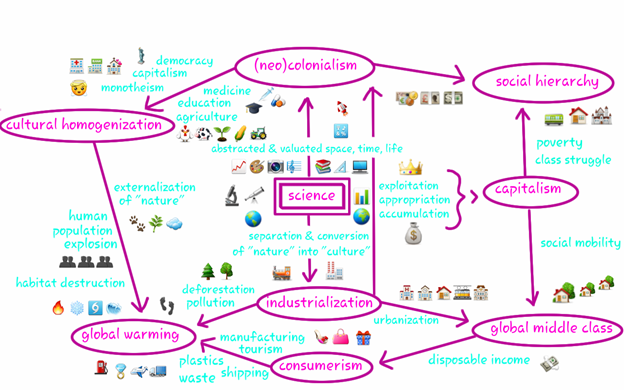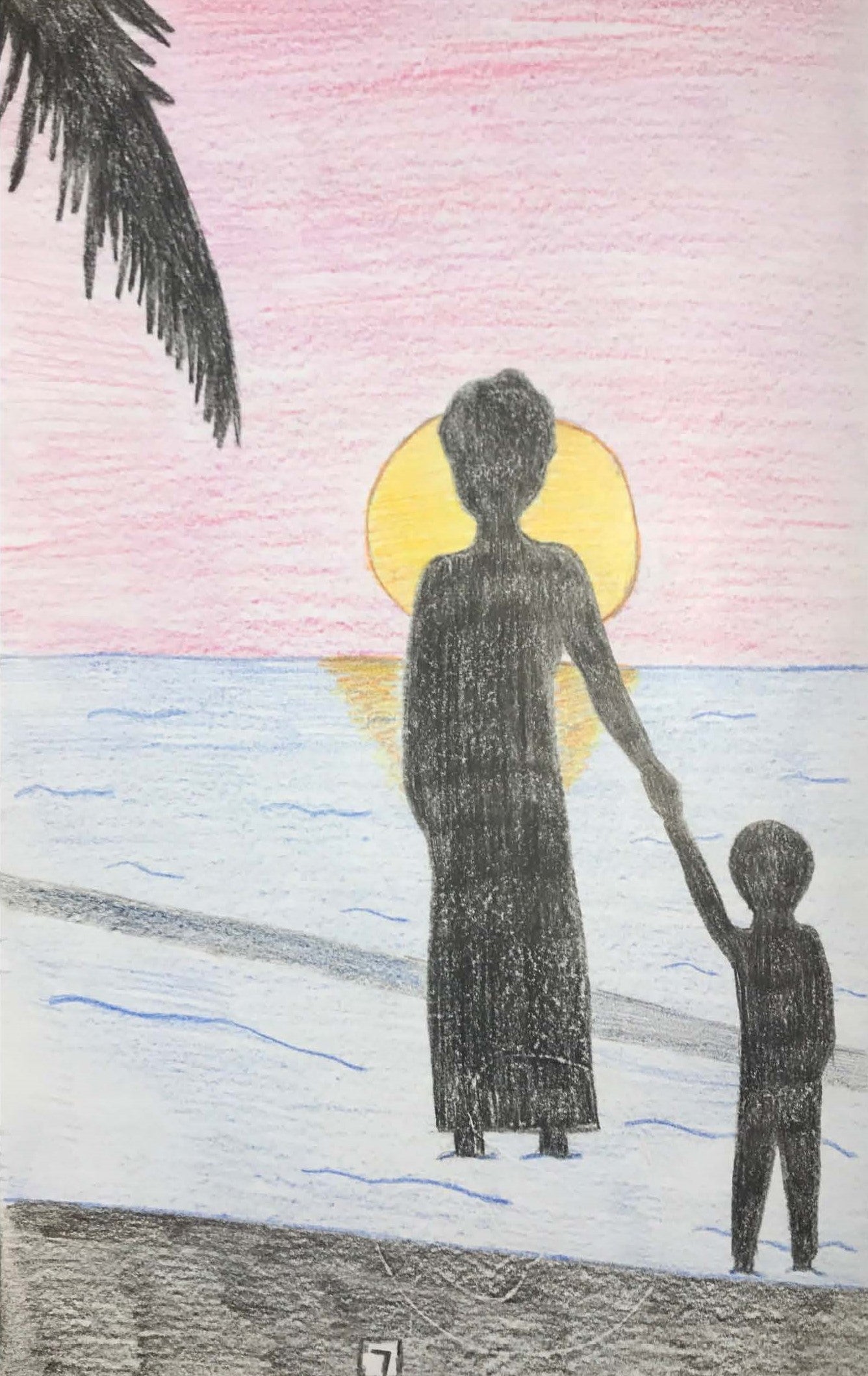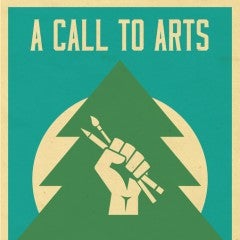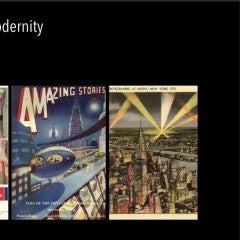In the summer of 2018, I moved to Coastal Carolina University near Myrtle Beach in Conway, South Carolina, from Appalachian State University in the mountains of Western North Carolina. Two months later, Hurricane Florence hit, and my neighborhood in Crabtree Swamp, like many others in this area, was drowned in floodwaters that reeked of petrol, raw sewage, and rotting animal corpses.
Nearly the entirety of September and October that year were subsumed by Florence and her wrath, although the effects are still tangible even now. But perhaps Florence was a misnomer, and Fortuna, with her fickle ambivalence to wellbeing, would have been more appropriate. One of the new fall classes I had designed for the Honors College was “Colonialism,” and our focus was on Aimé Césaire’s 1969 play A Tempest (Une Tempête). His anti-colonial adaptation of Shakespeare’s The Tempest helped the class realize more fully that the dramatic storm we had just experienced, and its foul aftermath, was part of a much bigger narrative of the colonialism, industrialism, capitalism, and globalization that began hundreds of years ago in the Early Modern era as Shakespeare was penning his tale of the microcosmic colonizer Prospero. Finding ourselves marooned in the Anthropocene gave us the opportunity to empathize more fully with Césaire’s characters, and with his decision to cast A Tempest from the perspective of Caliban, the slave who would free himself of the oppressor and take his island back after the fateful storm. In the spirit of naming such storms, when we performed the play as our final project in December, Florence was on the playbill, cast as the same student who played Trinculo, but this time in blue streamers and equipped with spray bottles to inundate the audience who were so fortunate to pick aisle seats. The discomforts and even the horrors of the Anthropocene can sometimes be best faced, and taught, with humor, and I think Césaire would agree.

In the spring semester, we shifted our focus from the theatre to the museum, and Césaire’s play was situated against the manifestations of colonialism still apparent in local museums. Students picked an exhibit from among the seven museums we visited in Conway, Georgetown, Charleston, and Beaufort, whose language or representation was misleading, incomplete, or outright false. There were references to slaves as farmhands, suggestions that India immorally monopolized its own indigenous indigo plants, histories of golf courses that failed to mention the graves of Indigenous peoples buried beneath the sand traps, and celebrations of the local logging boom without considering ecological consequences—like the flooding we had just experienced in the previous season. Students worked alone or in teams to write a thoroughly-researched recommendation to the curator of the museum whose exhibit might be reconsidered to reflect greater awareness and accuracy of the past, how it is represented, and how history and its representation make for powerful reverberations in time.
In the fall of 2019, Coastal closed again for Hurricane Dorian, so tempests resumed their place in the collective campus mind. Our task in “Colonialism” that semester assumed the disciplinary lens of education, again with a focus on Césaire’s A Tempest. The play acted as the eye of the storm, with all other course materials as outer bands that could be traced back to that center. For example, on “Columbus Day,” we invited Chief Harold Hatcher of the Waccamaw Indian People to speak to the class on how the arrival of Europeans on his ancestors’ shores continues to impact their experience—including assimilation, oppression, resilience, and resistance—today. Students were able to see the connection between what Chief Hatcher discussed and how Césaire characterized Caliban’s fight for freedom from Prospero. By semester’s end, we had compiled a curriculum guide for educators wishing to incorporate A Tempest into their classroom. Many such guides exist for Shakespeare’s The Tempest, but ours, to my knowledge, is the first to help educators supplement the ‘canon’ with another great work of Western literature, but one which rewrites the received narratives of cultural hierarchy, manifest destiny, and the white man’s burden. After we linked the guide to the Wikipedia page for Une Tempête, I was honored to receive correspondence from a professor at the University of Chicago who found it there and reported that it was a valuable resource for someone wishing to teach this play for the first time, adjacent to the required Shakespeare.
The following semester saw a storm of a different kind, which necessitated a different kind of pedagogical adaptation to the malfortunes of the Anthropocene. Again, Césaire’s play served as the focal point for the course’s exploration of colonialism, but this semester, our primary concern was on the character of Sycorax. Caliban’s mother, a witch, the personification of ‘nature’, a powerful sorceress in her own right, Sycorax has been cast by the men who wrote her in various ways without ever having been given the opportunity to speak for herself. And for that reason, she is symbolic of so many BIPOC women in the wake of colonialism. The Wetsu’wet’en battle against the Coastal GasLink pipeline and its “man camps” in British Columbia was raging at this time, so we demonstrated solidarity by getting informed about the MMIWG movement and becoming aware of the role of fossil fuel industries in violence against Indigenous women and girls. In cooperation with the Indigenous Women’s Alliance of South Carolina, we wrote letters to our congressional representatives in support of the reauthorization of the Violence Against Women Act (VAWA), with special attention to Section 901, “Safety for Indian Women.”
And the last time I saw my students that semester was before they left for spring break. But the pandemic offered something of “teaching moment.” In order to help amplify Sycorax’s voice through creative writing, we had scheduled a writing workshop that now had to be administered online and asynchronously. Using the Moodle workshop function for the first time, I started by explaining how writing fiction can generate the empathy or reasoned compassion necessary for allyship. Their first prompt was to write the dialogue of a conflict that they had personally experienced since the onset of the pandemic – cases of missing toilet paper, grocery store fights over sanitizer, or sibling rivalries over personal space, anything was game. Before writing, they were to ask, who were the people involved, and what were their motives in this conflict? Who were the allies and enemies, and did allegiances shift over the course of the conflict? Why and how were positions stated, and how were they interpreted by other parties? How was the conflict resolved? After they submitted their dialogue, they were asked to remark on whether or not the exercise helped them to empathize with the opposing party and see their perspective more clearly, and nearly all students noted that they did.
We then discussed white guilt and #ownvoices before moving on to the second prompt, which was a reminder that globalization’s unleashing of a virus onto a new human population was not novel. They were asked to go back in time to the period of “first contact” wherever the student was geographically located. First contact often came with diseases to which no Native community had immunity, something that we, from our positions of quarantine, could relate to in a much more meaningful way than in a “normal” semester – not that the word has much use anymore in the Anthropocene. Students were asked to imagine the terror of being an Indigenous person at that time in the past, and how the effects of anger, grief, and distrust might compound into a conflict with the disease-bearing colonizer. They wrote a flash fiction piece centered on one character traversing an obstacle related to the virus. They were then ready to approach their final projects, which, from zines to epic poems, centered Sycorax to help give her a voice at a time of distress, and to help give her the space to resist.
Right after the semester ended that May, the BLM movement took off after the police execution of George Floyd. Long-overdue nationwide conversations finally started taking place, and I hope that my students felt that they were better equipped to participate in them. From these four semesters of teaching colonialism as environmental and humanitarian catastrophe, I have aimed for my students to become better equipped to make connections between the various -isms of colony, industry, capital, race, and environment. And I hope that they feel empowered with this knowledge, and empowered to take control of Fortuna’s wheel, steering it toward a healthier future for all of Earth’s residents.
Sara Rich is Assistant Professor of Honors at Coastal Carolina University.
Main image: Sycorax and Caliban. Drawing by Mary Olsen, 2020.







